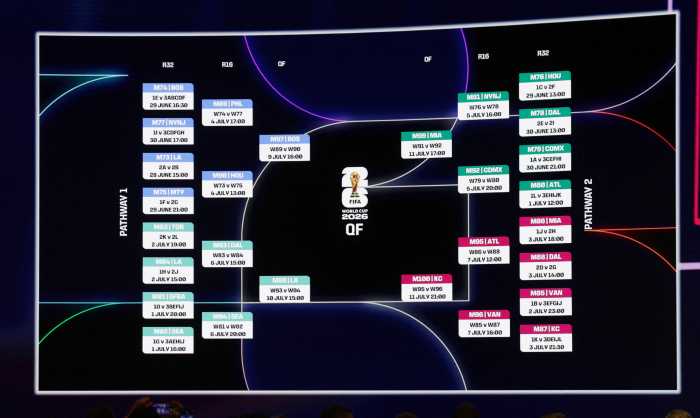If your car is equipped with airbags, it will almost certainly have an Event Data Recorder (EDR), the “little black box.” The airbag system controller called an air-bag control module (ACM) or restraint control module (RCM) typically houses the Event Data Recorder (EDR).
EDRs record key information like vehicle speed, braking, steering, occupants, seatbelt use, and airbag deployment, etc., before, during and following a collision.
The information recovered from an EDR following a collision can be the difference between understanding who is or is not at fault for a collision. While automobile collisions often have witnesses, and drivers usually survive and can add their perspective on what happened, EDR information can play a major role in automotive cases.
When the information has been recorded and can be downloaded, it reveals how fast a vehicle was going at the time of the collision, whether or not it was accelerating or decelerating. If somebody was making a turn when they hit the brakes, how hard and for how long they pressed the brakes, if they were using their seatbelt, and other information.
The trigger for an EDR to save its info is usually the deployment of air bags. 18-wheel trucks don’t have those, therefore what triggers it is a “hard brake event”; when the operator hits the brake very hard, all the information that’s being recorded is saved and can later be downloaded from the engine.
In a recent case, I represented a woman who was struck in her SUV on I-87 by a tractor-trailer. In addition to suffering severe injuries, she had no memory of the collision, having sustained a traumatic brain injury.
The truck operator was less than candid about how the collision occurred. However, our accident reconstructionist was able to interpret the information downloaded from the truck’s EDR and figured out what happened.
He determined that the truck suddenly decelerated, without the brakes being applied and the operator was still fully pressing on the gas pedal. There was no attempt to turn the wheel, either. Based on this analysis, the accident re-constructionist provided an expert opinion to the court that the operator hit my client’s vehicle when it was squarely in his lane, without ever slowing down.
We concluded that the truck operator was either dosing off or otherwise distracted, and didn’t see the SUV before slamming into it at 62 miles per hour. Moreover, 62 mph was the maximum speed the truck was able to go (thanks to a limiting device called a governor) which was only on the vehicle for the purposes of fuel conservation.
There were no eyewitnesses to the accident, making this a great example of how an event data recorder can find out exactly what happened when a person has been knocked unconscious or worse. It’s good to remember that your car has this little black box, and as long as it’s intact enough for the information to be downloaded, it can help determine how an automobile collision occurred.
Richard H. Apat is a member of Vishnick McGovern Milizio LLP – Attorneys at Law, where he heads the Personal Injury and Real Estate Litigation practices. He can be reached at rapat@vmmlegal.com and 516.437.4385 x152.


































